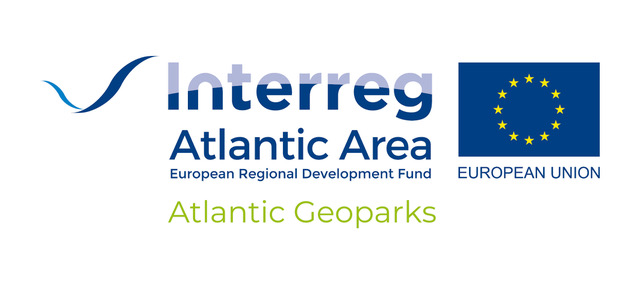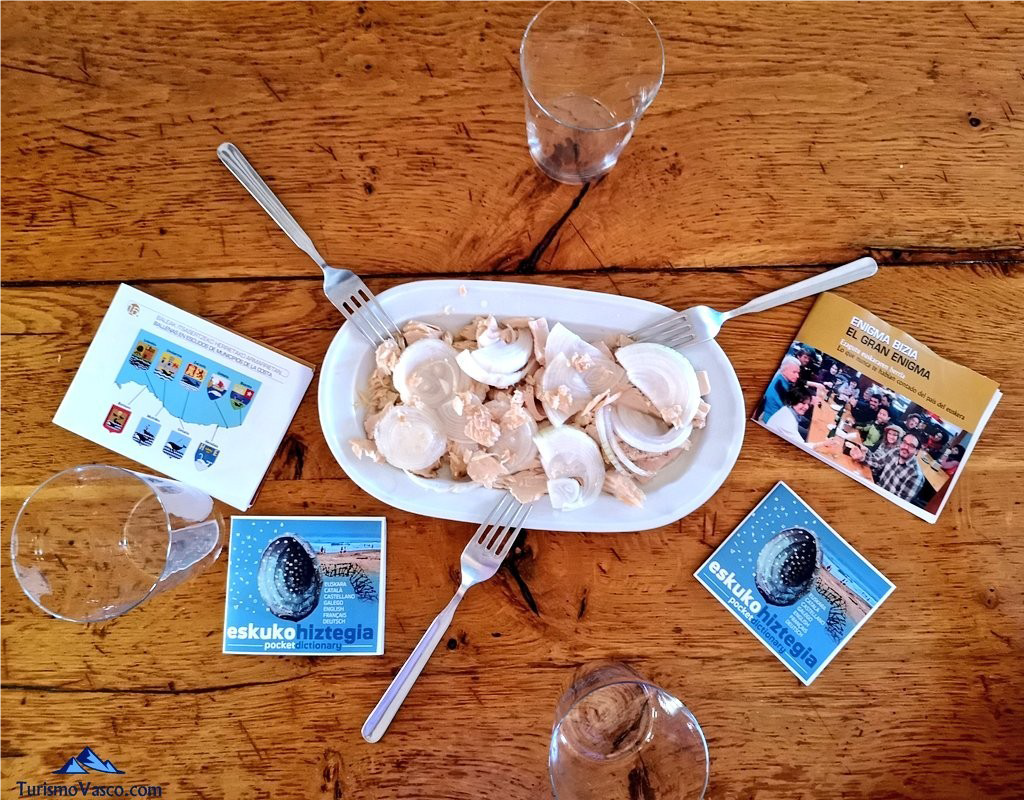Marble Arch Caves
a case study provided by Marble Arch Caves UNESCO Global Geopark, Ireland/Northern Ireland (UK)
Over many centuries, the special landscapes of what is now the Marble Arch Caves UNESCO Global Geopark have presented both opportunities and challenges for the people that have lived here as well as contributing to the extraordinary diversity of settlers that have called this area their home. Ranging from the very first prehistoric people of Ireland right up to the present day, a near continuous history of settlement can be found within the Geopark, influenced and dependent on the wonderful natural landscapes around them. Engaging with our visitors and local communities and sharing our stories through interpretation centres, events and publications are paramount to our success as a Geopark and fulfilling our ethos ‘to benefit the local economy through sustainable tourism based on the landscape’.
As one of the top tourist destinations in Ireland, Marble Arch Caves UNESCO Global Geopark welcomes over 400,000 visitors on over 50 sites each year. Each site offers something special –
- amazing geology
- interesting archaeology
- intriguing folklore
- naturally fascinating biodiversity
Our aim is to ensure a high-quality visitor experience through accurate and engaging interpretation at all our Geopark sites including along our many walking and cycling trails and also through our diverse formal and informal events programmes. It is also a priority that all visitors are educated and inspired by our Geopark with its unique natural, built and cultural heritage therein instilling a sense of ownership and custodianship of same.
We have found that quality interpretation can:
- Raise awareness of a heritage feature or tradition. It may be intangible so not available to view and might otherwise not be known about.
- Help the audience to discover and understand heritage. Interpretation can support formal education and help visitors to learn new skills [NM1] . Through interpretation development, staff and volunteers may also learn more about the heritage assets in your area;
- Enhance visitors’ enjoyment and value of their visit, better connecting them with the natural, built and cultural qualities of the heritage asset;
- Involve local people in presenting a heritage site, fostering a sense of community ownership and stewardship;
- Promote a conservation ethos and encourage visitors to support conservation work;
- Encourage responsible behaviour by visitors, for example, refraining from dropping litter or climbing on a ruin;
- Enhance the experience that visitors expect. Audiences may also expect interpretation at sites with free entrance:
- Create income generation through related merchandising, marketing and events;
- Improve promotion through repeat visits and word-of-mouth promotion;
- At a strategic level, benefit a country’s competitiveness in the international heritage tourism market.
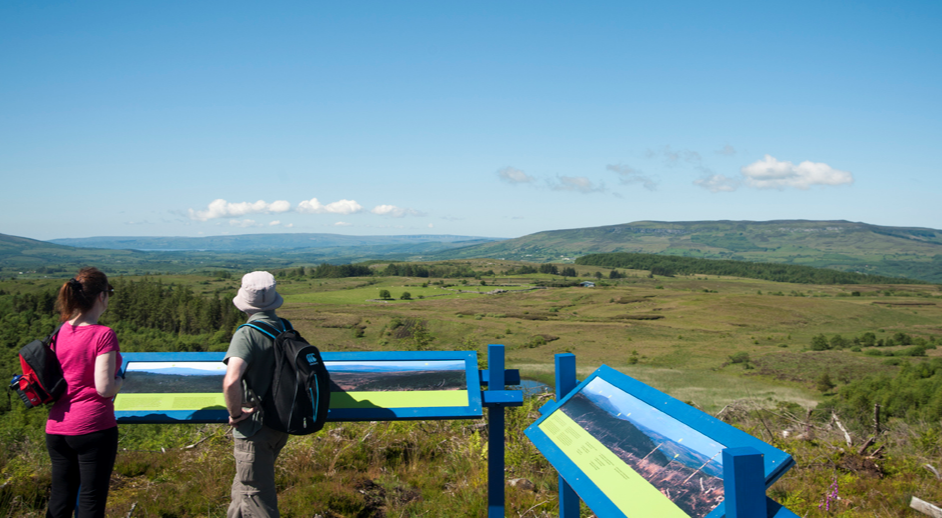
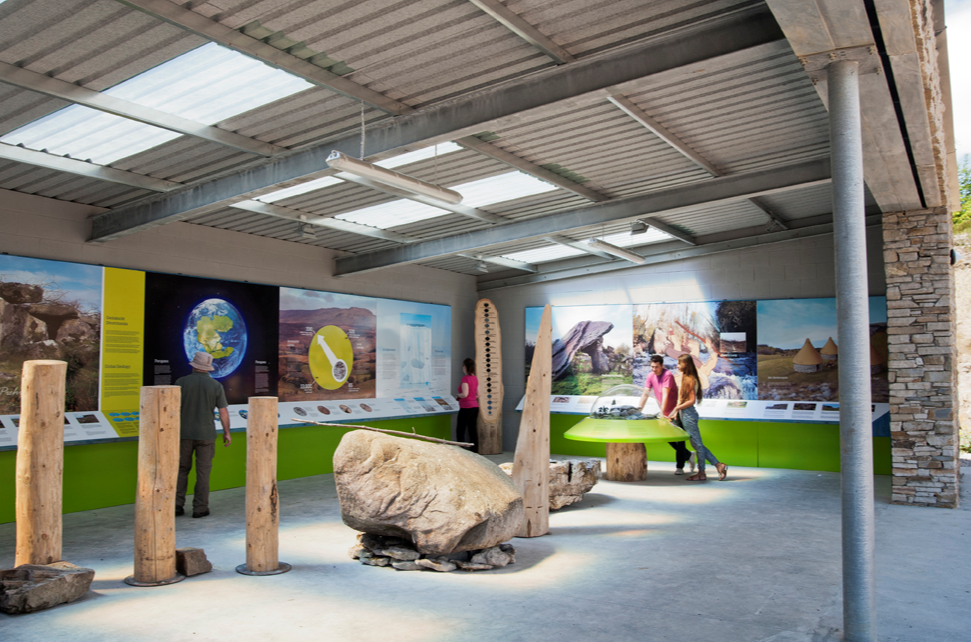
Interpretative Planning
We fundamentally believe that effective Interpretation is a key component in the delivery and promotion of sustainable tourism. Effective interpretation must enhance what makes a place really special. All sites/areas which are interpreted should have an interpretation plan which typically should make reference to the following:
- Aims
- Audience
- Themes & Topics
- Interpretative Media
There are a variety of interpretative media that can be adopted to engage visitors and consideration should be given to the aforementioned in choosing the most appropriate medium. Some of our most commonly used mediums include outdoor and indoor panels and displays, live interpretation (guided walks & talks), publications, websites & Apps. All these mediums are utilised by the Marble Arch Caves UNESCO Global Geopark to help reveal our story and educate and communicate our message to our visitors in an informal relaxed manner.
To summarise the main interpretative media utilised by the Marble Arch Caves UNESCO Global Geopark are:
- A staffed Visitor Centre located at the Marble Arch Caves, Florencecourt
- An unstaffed interactive Interpretation Centre at Cavan Burren Park, Blacklion
- Two interpretation hubs in Cavan County Museum, Ballyjamesduff and Enniskillen Castle, Enniskillen
- Two interpretation visitor points in local community operated hubs Trivia House, Swanlinbar and Market House, Blacklion
There are presently plans for the development of a further three visitor points throughout other towns and villages in the Geopark. The interpretative points listed above, vary in size and scale but nonetheless, are integral to interpreting the landscape, providing facilities to visitors and stimulating economic growth in our local economy.
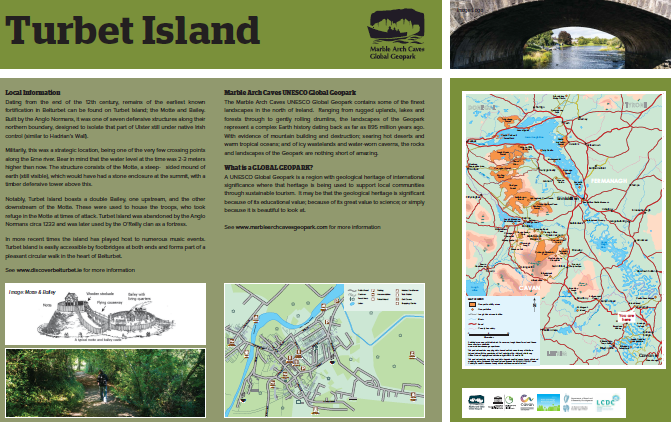
A specific interpretative facility that is worth particular mention within the Marble Arch Caves UNESCO Global Geopark is the Market House Local Arts and Craft Shop, Tourist Information and Geopark Interpretation Room, Blacklion. Located right in the heart of our Geopark, this community operated Geopark hub offers visitors a valuable insight into all our 50 Geopark sites. Prime Geopark sites are located a short distance away and approximately 40,000 tourists pass through this village en route to their chosen Geopark destinations annually. Open all year round, our fully accessible interpretative panels offer visitors a chance to gain knowledge and preview sites while an interactive iPad offers further information on upcoming Geopark events and showcases our many outdoor recreation trails within the area. Geopark publications are also available to help people appreciate and identify opportunities to get out and enjoy all that our Geopark has to offer. A whole portion of one room is dedicated to Geopark visitor servicing, a qualified Geopark Guide is available to suggest itineraries to enable visitors to maximise their experience and immerse themselves in the finest landscapes, stories, foods and drink that the Geopark has to offer.
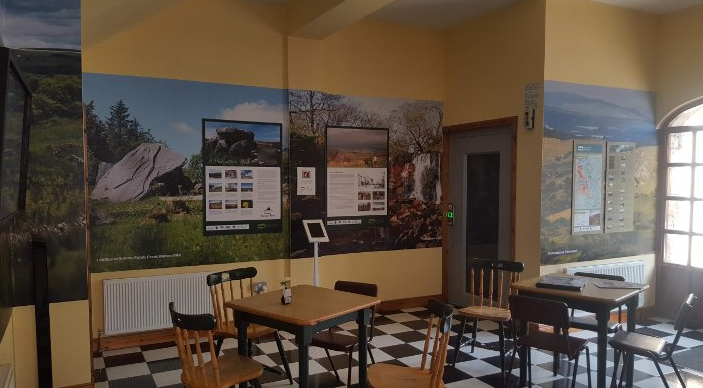
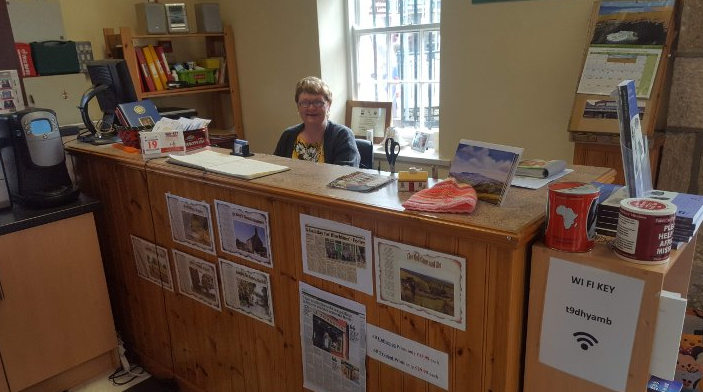
Outdoor interpretive panels and displays are located on all of our 50 Geopark sites. Like all Geopark sites these share a commonality in look, branding and feel but differ in messaging and content. Typically, the aim of such interpretative media is to engage visitors and provide them with an opportunity to get a feel for the landscape and discover its interesting stories. We use a mixture of tactile and non-tactile media, with our four interactive Rock Trails being one of the best examples of the tactile media. The Rock Trails provide an opportunity for visitors and locals to see tech and learn the fascinating stories of how these rocks were formed and why they are so integral to our landscape.
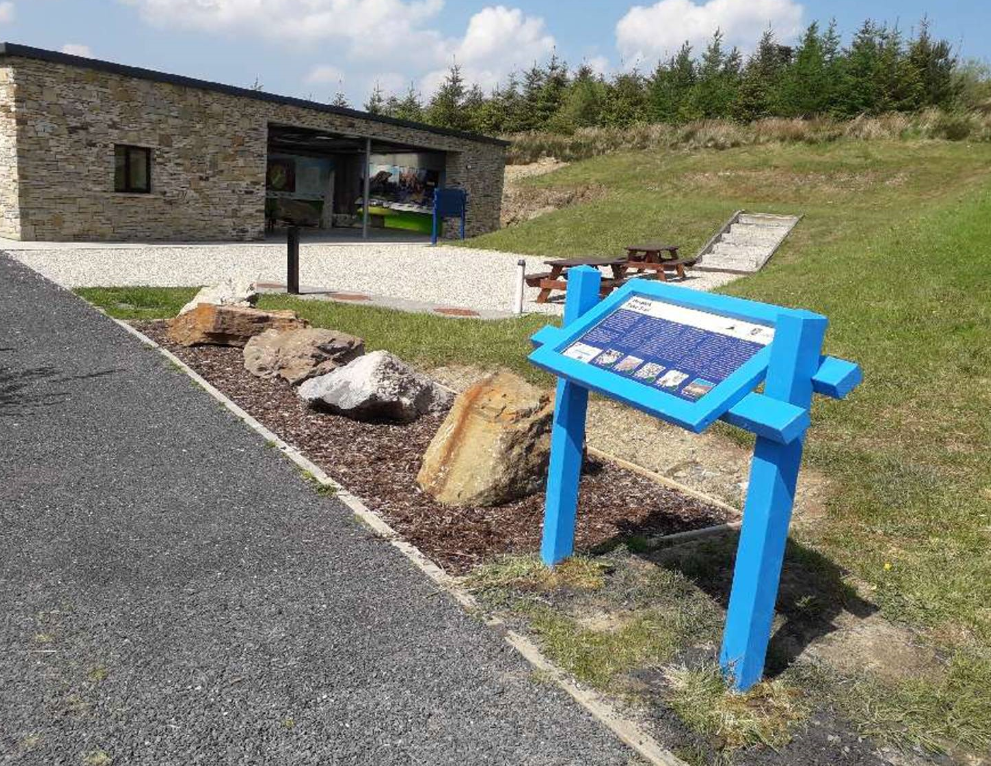
Our most recent addition to our interpretive series are two “GeoVR models”. This allows us an exclusive opportunity to showcase our Geopark, to any visitors in any location around the world. This product has had tremendous impact and feedback at a variety of national events such as the School Summit and Holiday World. It provides us with a unique opportunity to allow visitors to experience some of our most sensitive Geopark sites in a sustainable manner and it is particularly beneficial for visitors and locals who may have a physical mobility issue – giving them a mechanism via which they can ‘experience’ and learn more about the stories of the Geopark.
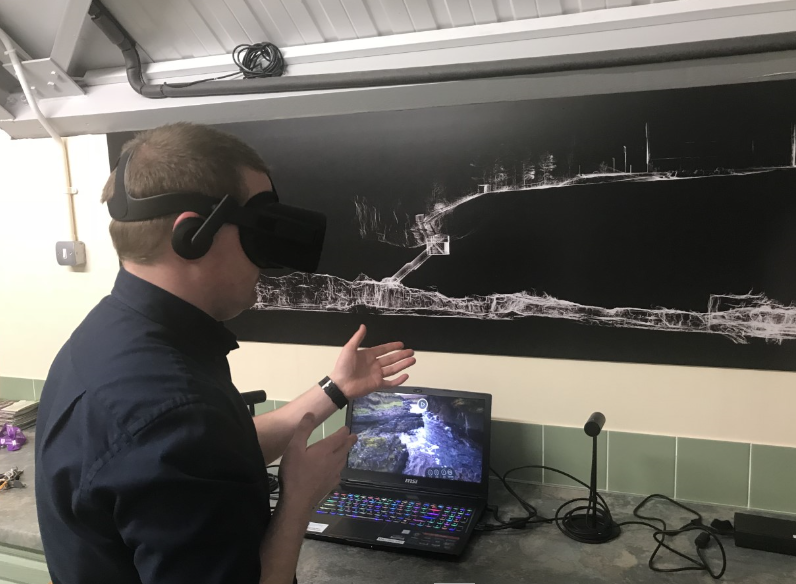
Tourism Products
People have travelled since the dawn of time and our inbuilt ‘explorer DNA’ seeks out suitable destinations. The Marble Arch Caves UNESCO Global Geopark has dedicated a significant amount of resources to the development of a variety of tourism products which are marketed and communicated to a wide variety of target audiences. Some of these products that are particularly worthy of note are:
- Over 100km of walking/cycling/canoeing trails
- Outdoor Recreation experiences such as wild caving, canoeing etc
- Engagement with local craft and food businesses
- Geopark Business Programme – Pilot stage in Summer 2020
All of these activities are open all year around and most are free to utilize. Ample accommodation and facilities allow our visitors to increase the duration of their stay and engage further with the area. Our Geopark also has some very unique offerings such as Jampa Ling Tibetan Buddhist Centre which offers yoga retreats throughout the year.
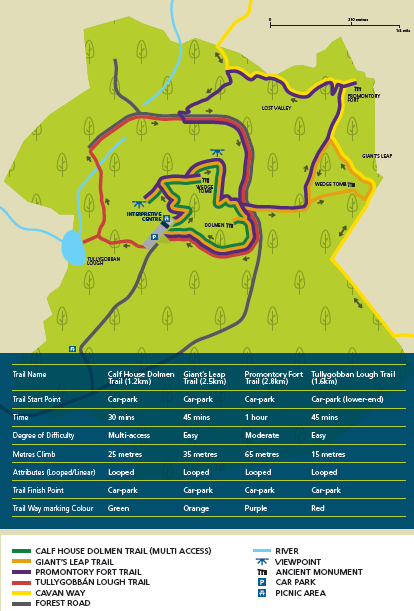
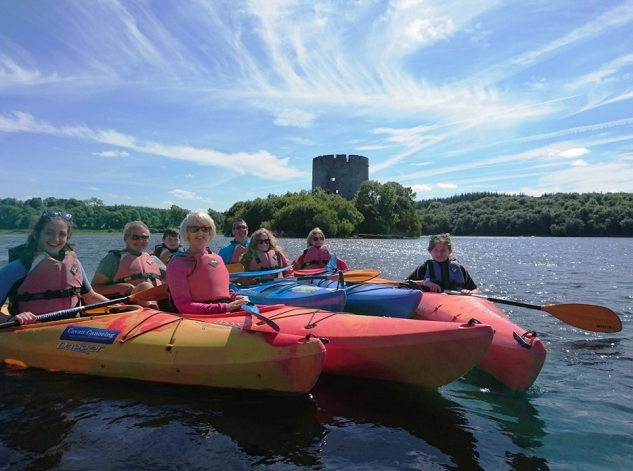
Our Geopark is in the process of developing and piloting a Geopark Food Trail, a particularly important product, not only because food and drink is increasingly central to any tourist experience, but also because gastronomy and wine tourism have evolved to encompass culture, local history, values and heritage.
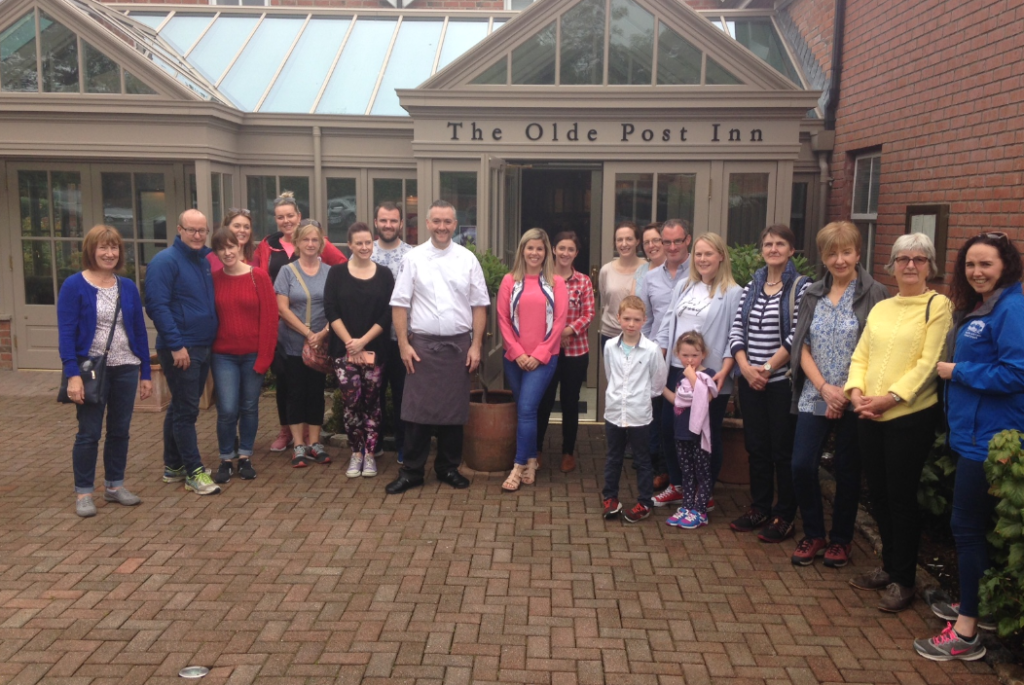
Events
The Geopark designs an annual events programme to embrace the ethos of the United Nations Educational, Scientific and Cultural Organization (UNESCO) and host events within the Geopark area which reflect the rich natural, built and cultural heritage of the border regions of counties Fermanagh and Cavan. Over 50 plus events are hosted annually and is designed to cater for individuals or all ages and all interests, from:
- family fun days
- heritage and geology talks
- walking and food festivals
- craft workshops
- guided rambles
All our events are delivered by passionate Geopark Staff and Ambassadors. There is an extensive mix of interactive and engaging activities for all those interested in learning more about their Geopark and widening their senses.
MACUGG Events Guide for 2019
As a Geopark it is crucially important to link in with National, International and Global meaningful celebrations such as Heritage Week, Science Festivals, World Wildlife Day and National Tree Week. Our Geopark engages with a series of stakeholders:
- Heritage Officers
- Tourism Officers
- local Geopark Ambassadors
- Community Representatives
- local Tourism Providers
to produce an Events Guide that will appeal to the wider population as well as locals. Our events programme is integral to creating awareness of Geoparks and providing informal education to participants, who experience first-hand our natural and cultural environment. Events are promoted via a variety of media, with an environmental ethos in mind, limited hard copies are printed and used in combination with electronic platforms and social media, local community networks. Information in relation to events are distributed to tourism providers, accommodation providers, restaurant providers, tourist offices and Geopark Interpretation Sites.
